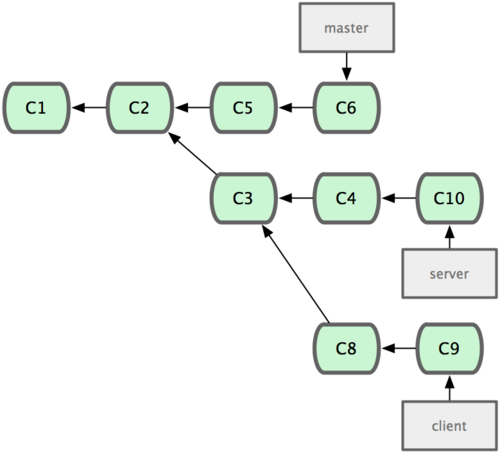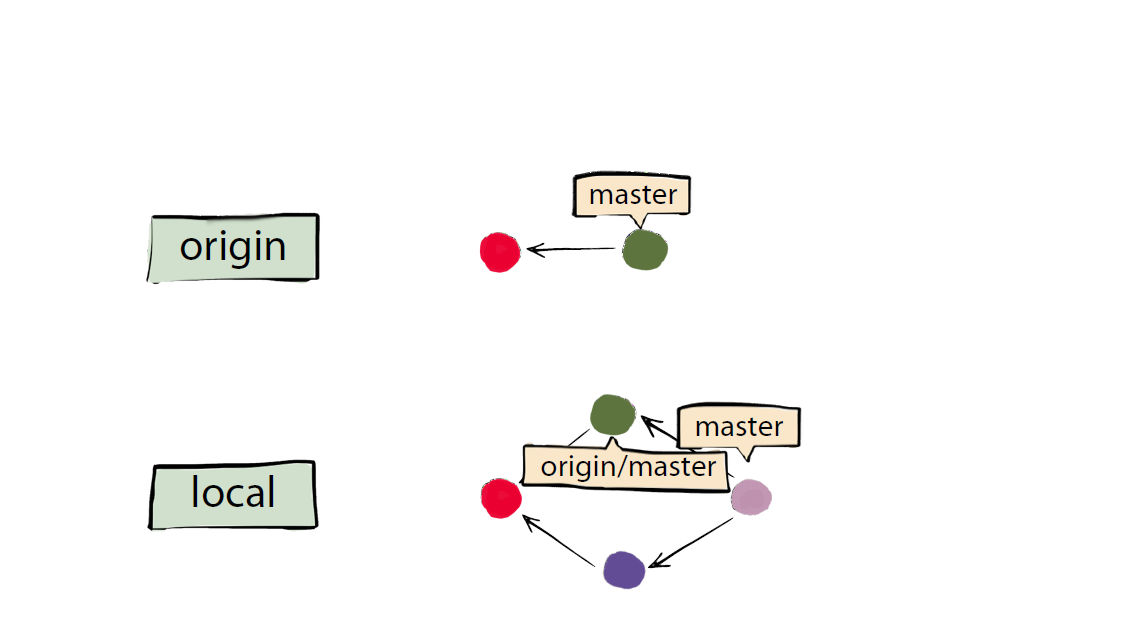

- #Git rebase on another branch software#
- #Git rebase on another branch code#
- #Git rebase on another branch plus#
- #Git rebase on another branch series#
Besides, there are developers who like their project history to look like a straight line - without any indication that it had been split into multiple branches at some point, even after the branches have been integrated. Maybe you’ll reach a point in a project when a rebase could be helpful…Īlright, let’s go! Remember that we just talked about automatic merge commits? Some people are not too keen on these and prefer to go without them. It does help to understand what a rebase does, though, and learn about the pros and cons that come with it. You can live a happy (Git) life just by merging branches and never even think about rebasing. Integrating with rebasesīefore we talk about rebasing, let me make one thing clear: a rebase is not better or worse than a merge, it’s just different. If you want to understand such an automatic merge operation, you have to take a look at the history of all branches and their respective commit histories. Also, a merge commit doesn’t necessarily contain a “semantic collection of related changes.” Instead, its purpose is simply to connect two (or more) branches and tie the knot. Now, a merge commit is a bit different: it’s not created by a developer, but automatically by Git.
#Git rebase on another branch plus#
It’s a meaningful unit that only includes related changes, plus a meaningful commit message which provides context and notes. Normally, a commit is carefully created by a human being. To make an integration, Git has to create a new commit that contains all the changes and take care of the differences between the branches - this is what we call a merge commit. In most cases, however, both branches would move forward with different commits. Both branches then share the exact same history (and no additional “merge commit” is necessary). In Git, this simplest form of integration is called a “fast-forward” merge.

In this case, the integration is dead simple: Git can just add all the new commits from branch-B on top of the common ancestor commit. Its last commit in this example is, therefore, also the common ancestor.
#Git rebase on another branch software#
So their latest revisions are important, of course.Ĭombining these three commits performs the integration that we’re aiming for.Īdmittedly, this is a simplified scenario - one of the two branches ( branch-A) hasn’t seen any new commits since it was created, which is very unlikely in most software projects. Remember that the goal of an integration is to combine the current states of two branches.
#Git rebase on another branch series#
The fifth episode of our “Advanced Git” series discusses integrating changes in Git, namely merging and rebasing.īefore we go into detail, it’s important to understand that both commands - git merge and git rebase - solve the same problem.
#Git rebase on another branch code#
How can you get new code back into an existing line of development? There are different ways to achieve this. In this article we’re going to look at integrating branches.

branches, for your work is incredibly helpful and one of the main reasons for using a version control system. To sum it up: having separate containers, i.e. In fact, I’ve written an entire article on branching strategies in Git, explaining Git’s powerful branching model, the different types of branches, and two of the most common branching workflows. Most developers understand that it’s important to use branches in Git. Be sure to follow us on Twitter or sign up for our newsletter to hear about the next articles! This article is part of our “Advanced Git” series.


 0 kommentar(er)
0 kommentar(er)
